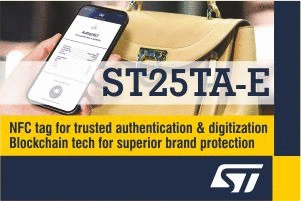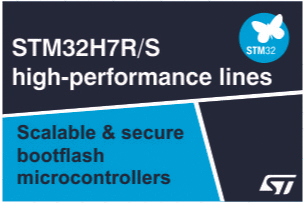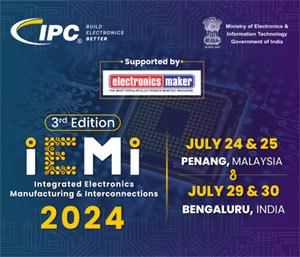Peratech’s active matrix sensor is on show at SID Display Week, Los Angeles, 23-25 May 2017
Richmond, Yorkshire, UK – 18 May 2017. Peratech, a world leader in force-sensing technology, has been selected to participate in the Innovation Zone (I-Zone) at SID Display Week 2017. The I-Zone showcases cutting-edge demos and prototypes expected to become the products of tomorrow. The SID conference, premiering the best display technologies and related electronics, takes place in Los Angeles, CA on 23-25 May 2017.
Peratech will profile its active matrix sensor and other innovative force / touch solutions based on its Quantum Tunnelling Composite (QTC®) technologies. The active matrix sensor uses the principles of TFT display backplanes to overcome the issues of “ghost” or false touches associated with many matrix sensors. The compatibility between TFT backplane and QTC allows active matrix connectivity to QTC touch sensors, overcoming resolution, cross-talk and ghosting issues. Furthermore, the ability to print QTC sensels in a layered construction that can be combined with the manufacture of TFT backplanes, offers a solution that is affordable in consumer applications.
Peratech’s touch sensors based on Quantum Tunnelling Composites are supplied in the form of a polymer membrane as thin as 50 µm. The sensors can be applied under displays and along the edges and on the backs of handheld consumer electronic devices. 3D touch is achieved with sensor arrays determining X-Y position through touch and applied force in the Z-axis. The active matrix sensor can be configured for resolutions down to 0.5 mm sensels with 0.8 µm spacing on glass.
Used under a display, Peratech’s sensors can sense the force applied across the screen and compute the touch pressure for individual zones or functions. They can also provide discrete pressure buttons in regions that match the graphical user interface layout.
Jon Stark, CEO, Peratech said “Visitors to the I-Zone will have the chance to try our demos and understand how Peratech’s QTC force and touch sensing solutions can improve the user experience across diverse markets and applications including smartphones, appliances, wearables, automotive interfaces, and smart home devices.”






